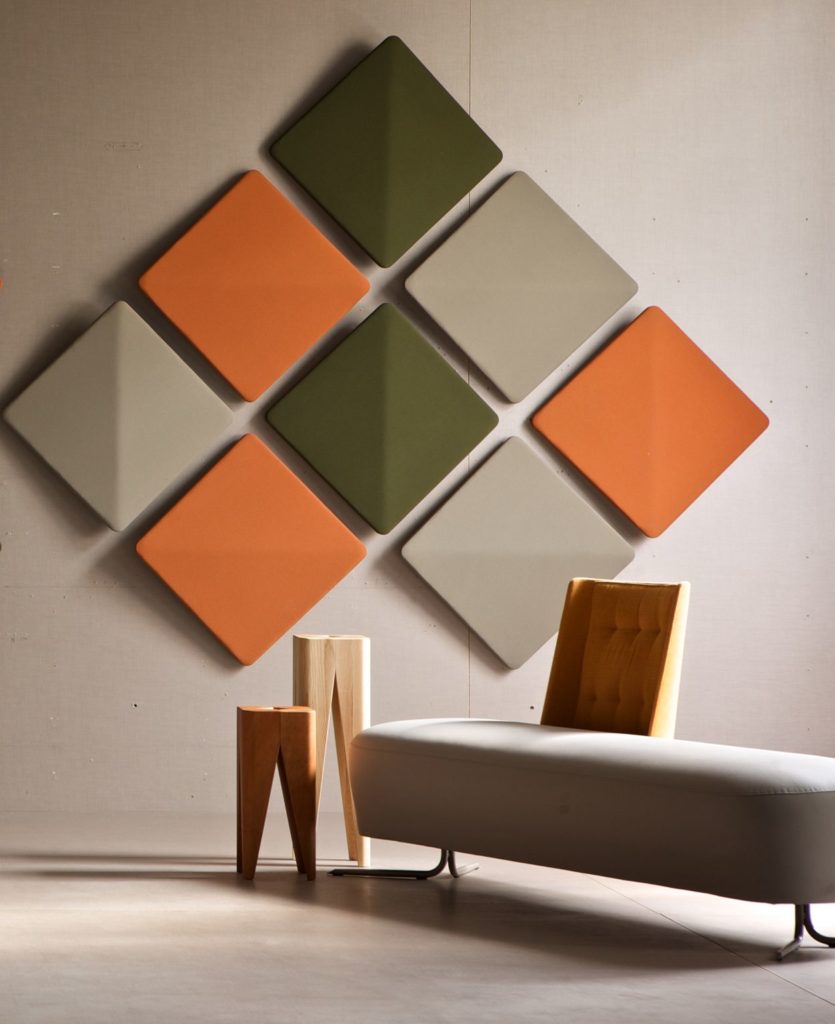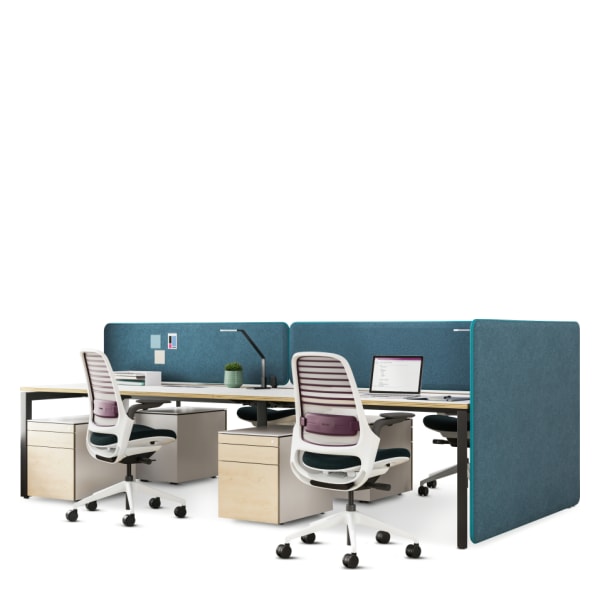Accomplish Perfect Harmony in Your Home With Efficient Soundproofing Techniques for Optimal Acoustics
Soundproofing plays an essential function in achieving optimum acoustics, influencing the means we experience and communicate with our living rooms. By understanding the principles of soundproofing, identifying resources of sound disturbances, picking ideal materials, and using proven methods, you can change your home into a shelter of tranquility where noise boosts rather than interrupts.

Understanding Soundproofing Basics
What are the essential principles that underlie effective soundproofing techniques? Soundproofing is rooted in the understanding of how acoustic waves travel and interact with different products. The key to effective soundproofing hinges on interfering with or taking in these sound waves to lessen their transmission from one space to an additional. This can be achieved via various approaches, such as adding mass to wall surfaces, floorings, and ceilings, sealing gaps and cracks to prevent audio leak, and utilizing sound-absorbing materials like acoustic panels or carpetings (acoustic solutions).
Understanding the principle of sound transmission class (STC) scores is crucial in picking the ideal materials for soundproofing. The STC ranking determines how well a product can decrease air-borne sound transmission through it, with greater STC ratings indicating far better soundproofing abilities. Additionally, taking into consideration the impact of influence insulation class (IIC) rankings for minimizing impact noise, such as footsteps or furniture moving, can further improve the efficiency of soundproofing services.
Analyzing Noise Resources in Your Home
Structure upon the foundational understanding of soundproofing principles, a critical action in reliable noise reduction within your home involves determining and analyzing the various resources of unwanted noise. Sound resources can be categorized right into 2 main kinds: air-borne noise, that includes seem like conversations, music, and television, and effect sound, such as footsteps or products being gone down. To assess these sources, take into consideration the various rooms in your home and the tasks that typically happen in each. The living space may have extra air-borne noise from home entertainment systems, while effect sound from footprints might be a problem in locations with hard flooring like hallways or kitchens.
Additionally, consider external resources of sound, such as website traffic, next-door neighbors, or close-by building, which can likewise impact the acoustics within your home. acoustic solutions. Identifying these resources will certainly assist you prioritize locations for soundproofing and pick one of the most efficient services. By pinpointing the specific sound sources in your home, you can customize your soundproofing initiatives to achieve optimal outcomes and produce a more peaceful and unified living setting
Selecting the Right Soundproofing Products
When selecting soundproofing products for your home, it is essential to focus on performance and compatibility with your particular sound concerns. Think about variables such as the type of sound you are attempting to block, the level of soundproofing required, and the visual appeals of the products to guarantee they blend perfectly right into your living space.
One typical product for soundproofing is acoustic foam. This light-weight and versatile material is excellent for soaking up mid to high-frequency sounds, making it optimal for songs rooms, home theaters, or offices. One more alternative is mass-loaded plastic, which is effective in blocking out low-frequency noises like web traffic or equipment audios. For wall surfaces and ceilings, soundproof drywall is a popular choice as a result of its capacity to decrease sound transmission in between spaces.
Curtains and rugs made from sound-absorbing materials are additionally reliable in wetting sound, specifically in locations with tough surface areas that create audio to jump about. Keep in mind, the secret to successful soundproofing is selecting the best materials that resolve your specific sound concerns while boosting the total convenience and acoustics of your home.
Carrying Out Soundproofing Techniques
To efficiently execute soundproofing methods in your home, Click Here it is vital to begin by examining the areas that are most vulnerable to noise seepage. Typical sources of noise can consist of exterior noises from traffic, neighbors, or neighboring building, in addition to internal sources like appliances, pipes, and amusement systems. When you have recognized these locations, you can begin applying soundproofing options tailored per certain space.

For more considerable noise decrease, take into consideration mounting soundproof drywall, double-glazed home windows, or resilient channels to isolate resonances. Furthermore, repositioning furnishings, including shelfs, or including sound-absorbing products can better enhance the acoustics of a room. By strategically implementing these soundproofing techniques, you can create a quieter and more tranquil living environment in your home.
Preserving and Improving Acoustic Atmosphere
After carrying out soundproofing methods to attend to noise infiltration in your home, the focus changes in the direction of keeping and improving the acoustic atmosphere to make sure a continually calm living room. To preserve optimum acoustics, on a regular basis check soundproofing products for deterioration, ensuring they remain reliable in obstructing unwanted sound. Maintain windows and doors correctly sealed to stop audio leakage and consider including climate removing or door moves for Read Full Article added soundproofing.
Improving the acoustic setting can entail critical placement of furnishings, carpets, and curtains to dampen audio reflections and mirrors. Utilizing sound-absorbing materials such as acoustic panels or foam can even more improve the general sound top quality in your home. acoustic solutions. Additionally, incorporating soft home furnishings like pillows and coverings can aid minimize noise echo, developing an extra positive auditory experience
In addition, investing in sound-absorbing decoration aspects like shelfs, tapestries, or plants can add to a balanced acoustic environment. Consistently decluttering your area can also prevent sound waves from jumping off surfaces, eventually enhancing the total acoustics of your home. By regularly keeping and enhancing your acoustic atmosphere, you can develop a harmonious and serene living look at this site space on your own and your family members.
Final Thought
To conclude, accomplishing perfect harmony in your house via reliable soundproofing methods is necessary for ideal acoustics. By understanding soundproofing basics, analyzing sound sources, choosing the appropriate products, executing techniques, and keeping the acoustic environment, you can create a peaceful and delightful living area without undesirable sound disturbances. Focusing on soundproofing efforts can significantly improve the overall quality of life in your home.